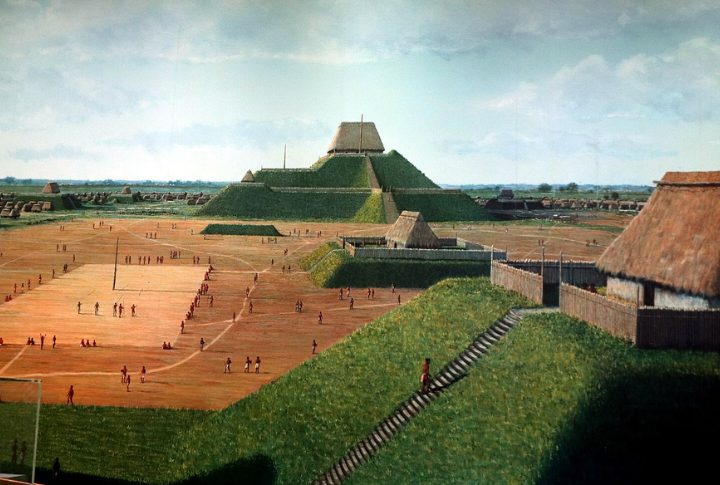
You’ve heard of Egypt’s pyramids, but you probably don’t know about the ones in America. Near the Mississippi River, Cahokia’s towering mounds rose from the earth, built by a thriving civilization long before textbooks began telling the story. These ten truths could rewrite what you thought you knew about early America.
Their Monks Mound Was Made Of Soil
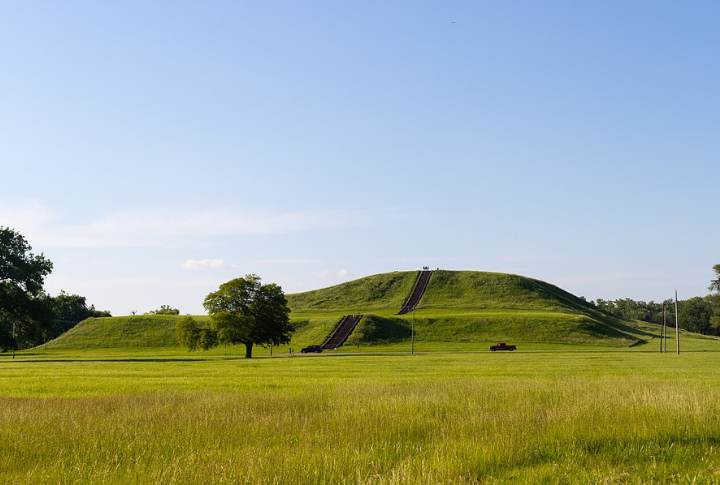
Monks Mound towers like a prehistoric penthouse, ten stories high, all made from hand-packed earth. Forget scaffolding or blueprints. These folks moved 15 million baskets of soil without wheels. Some call it America’s first skyscraper, but Cahokians simply saw it as part of their grand design.
Cahokia’s Population Surpassed London
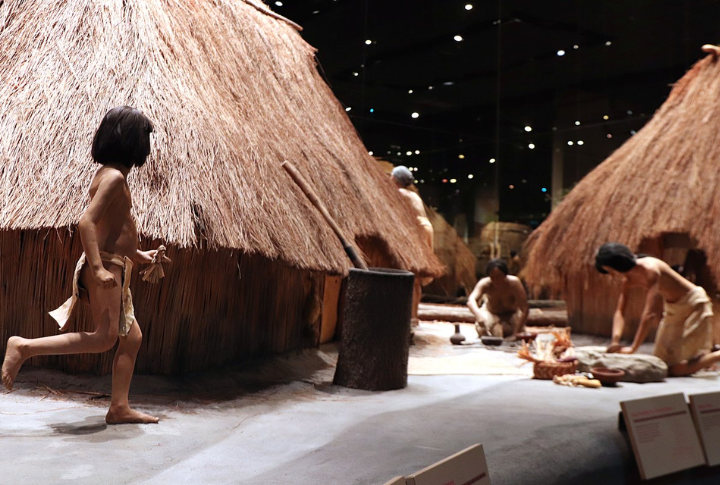
Around 1100 AD, Cahokia’s population reached 20,000, surpassing that of London at the time. Think of it as the Manhattan of the Mississippi, complete with suburbs and elite neighborhoods. They weren’t just playing house; they ran a booming metropolis with markets and a serious flair for urban planning.
They Used Woodhenge To Track The Sun
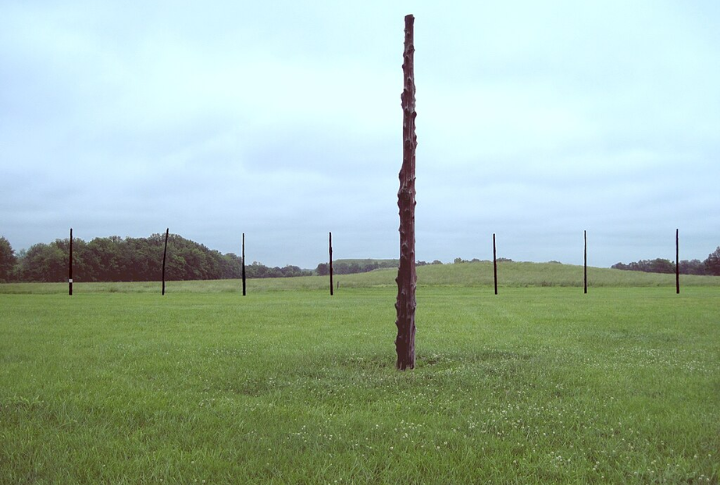
The Cahokians never overlooked sunrise, as they built massive wooden circles, known as “Woodhenge,” to track the solar calendar with precision. Priests stood at the center, watching the light hit sacred posts during the solstices. It was part science, part ceremony, and a serious exercise in ancient astronomy.
Ritual Sacrifices Also Played A Role
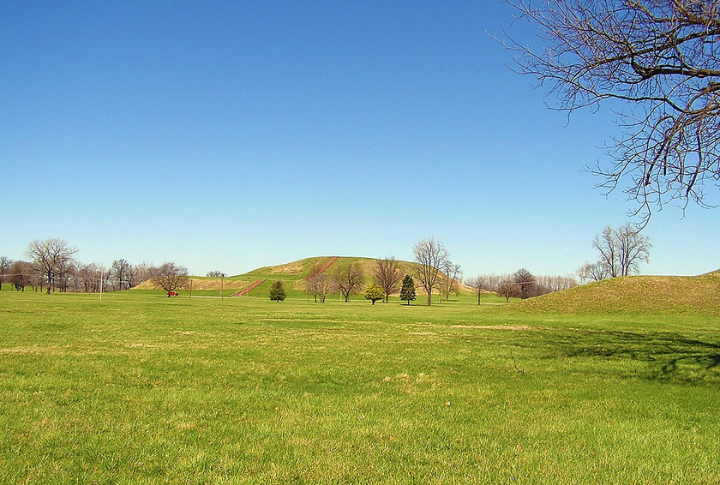
Unearthed burial pits reveal a haunting truth about Cahokia: ritual sacrifice. Dozens of bodies were found arranged in unsettling patterns, hinting at ceremonies marked by bloodshed. While some were honored in death, others met tragic fates, their lives offered as a grim price for power in a city once thriving with life.
Trade Networks Reached Far And Wide

Cahokia wasn’t isolated. Archaeologists have uncovered copper from the Great Lakes and seashells that likely came up from the Gulf. Even obsidian, a volcanic glass, made its way from the distant Rocky Mountains. These finds demonstrate the extent to which Cahokia’s trade networks once spanned.
They Vanished Without A Trace

By 1350, Cahokia had experienced a gradual decline, with its population dwindling over several decades. While some point to environmental factors like drought or shifting climate, others suggest social unrest or even warfare may have contributed. Despite extensive archaeological findings, the exact cause remains unclear, leaving the civilization’s collapse a mystery.
Snake Symbols Were Key In Cahokia’s Spirituality
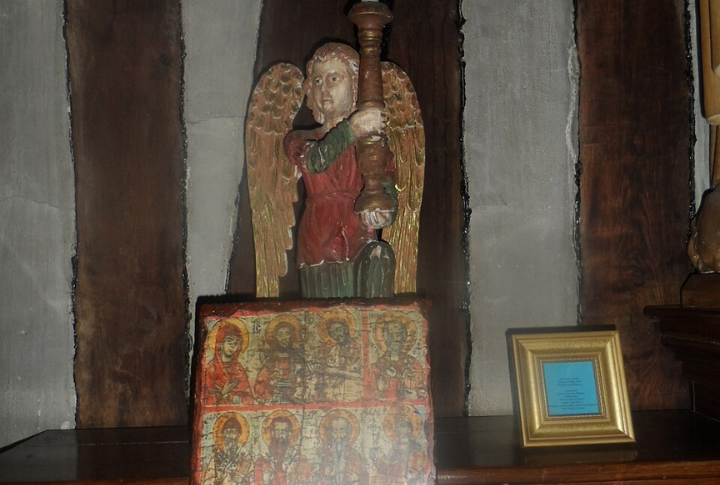
To the Cahokians, snake symbols held spiritual significance, often associated with transformation and the realm of the underworld. Although interpretations vary, serpents likely represented a connection to nature’s cycles and unseen realms. These motifs appeared on pottery and mound art, reflecting their beliefs in powerful supernatural forces.
The Elite Had Power On The Mounds
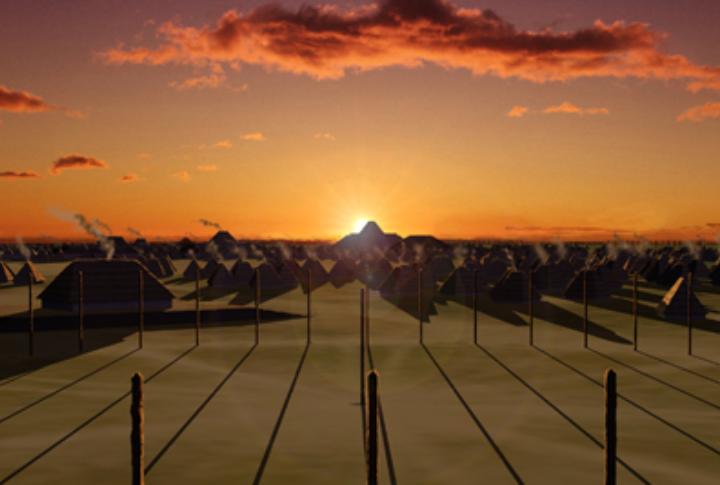
The giant mounds in Cahokia were reserved for elites, who lived atop them while the masses remained below. These platforms were used for important rituals, creating a significant divide between the divine and the common. Those who ascended were seen with great reverence and fear.
The Earthworks Were Destroyed By Settlers
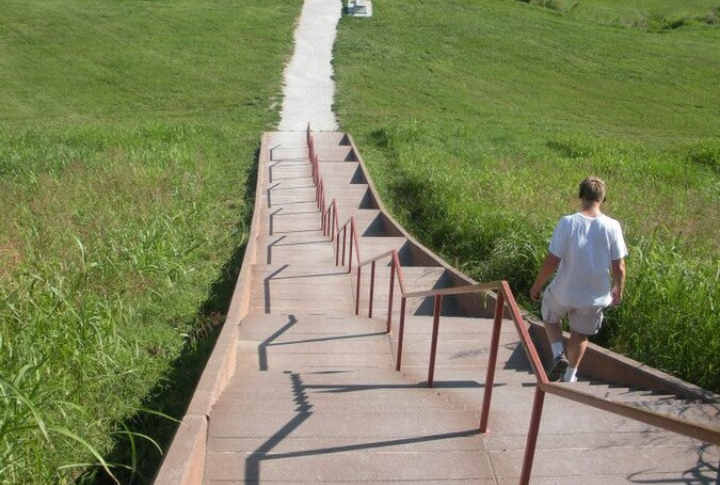
Centuries later, settlers leveled sacred mounds to make way for roads, railways, and urban expansion. Many of Cahokia’s earthworks were destroyed or buried, with only a fraction of the original site preserved today. The once-immense city now exists only through archaeological excavation and historical records.
They Had An Advanced Water Management System
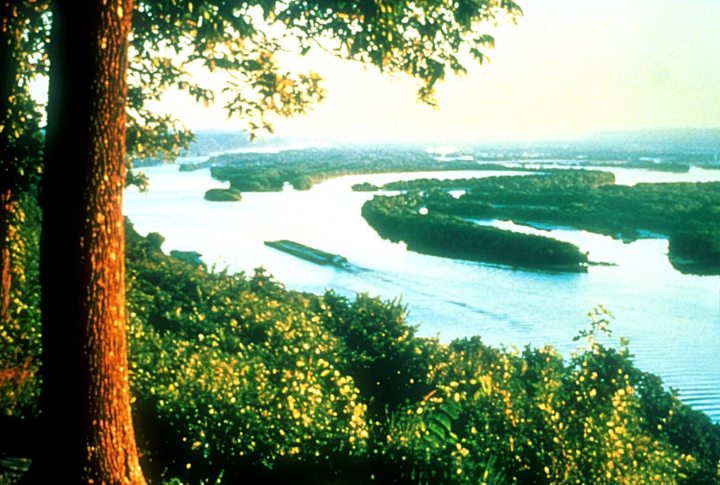
Beyond its massive mounds, Cahokia showcased a carefully crafted water management system. Canals and reservoirs supplied essential water for agriculture and trade. By connecting directly to the Mississippi River, Cahokia revealed a level of engineering and planning that few civilizations of its time could match.
